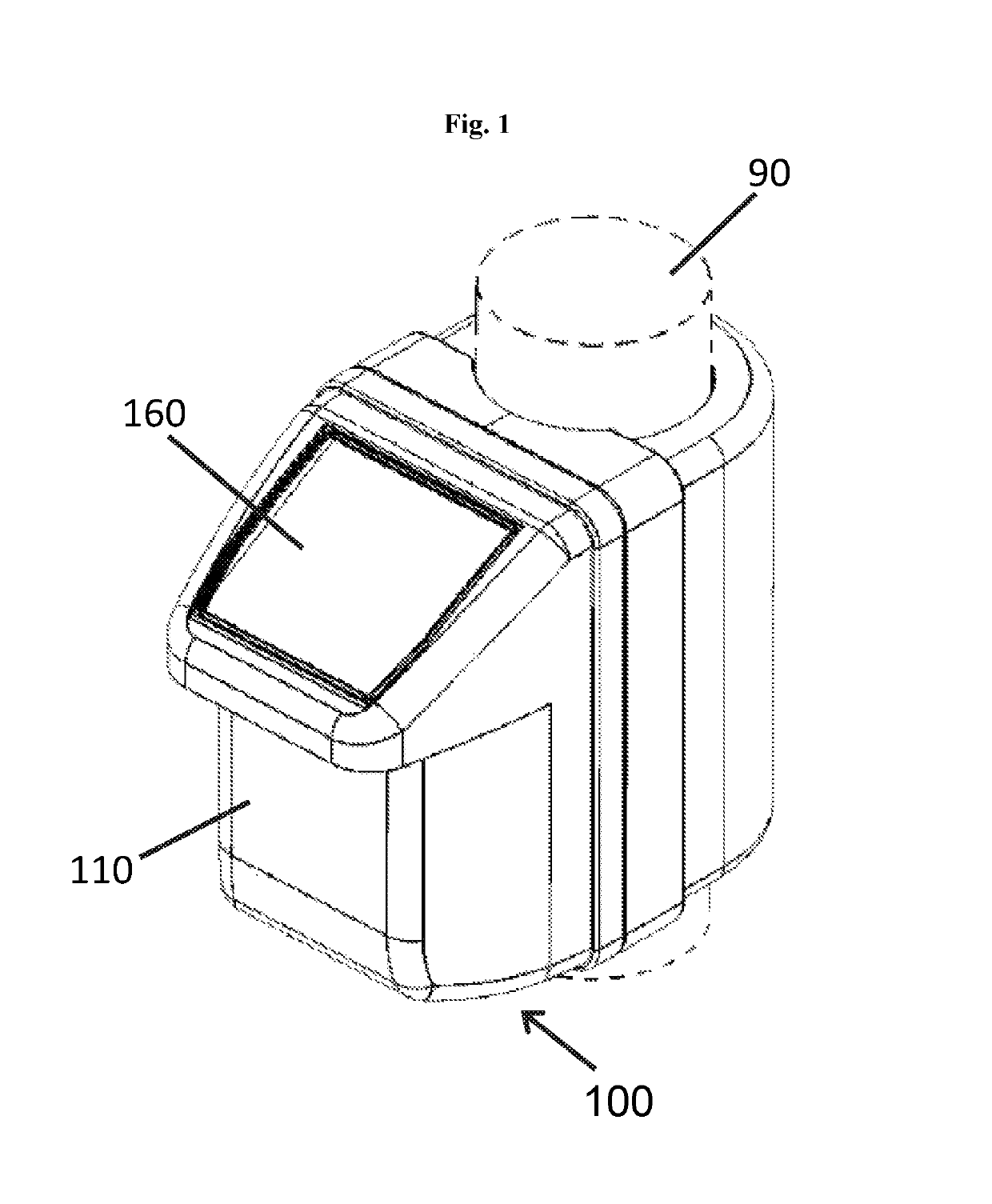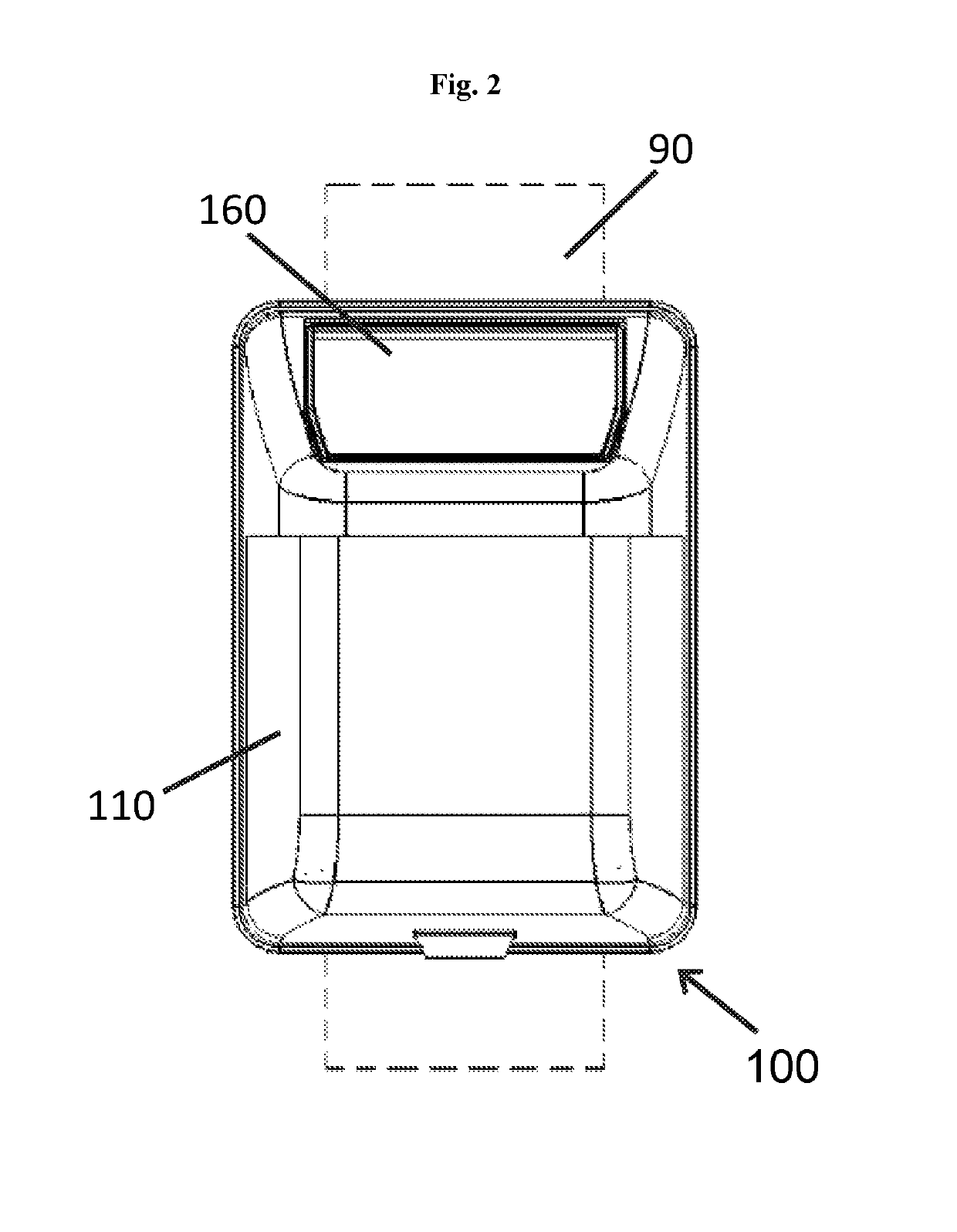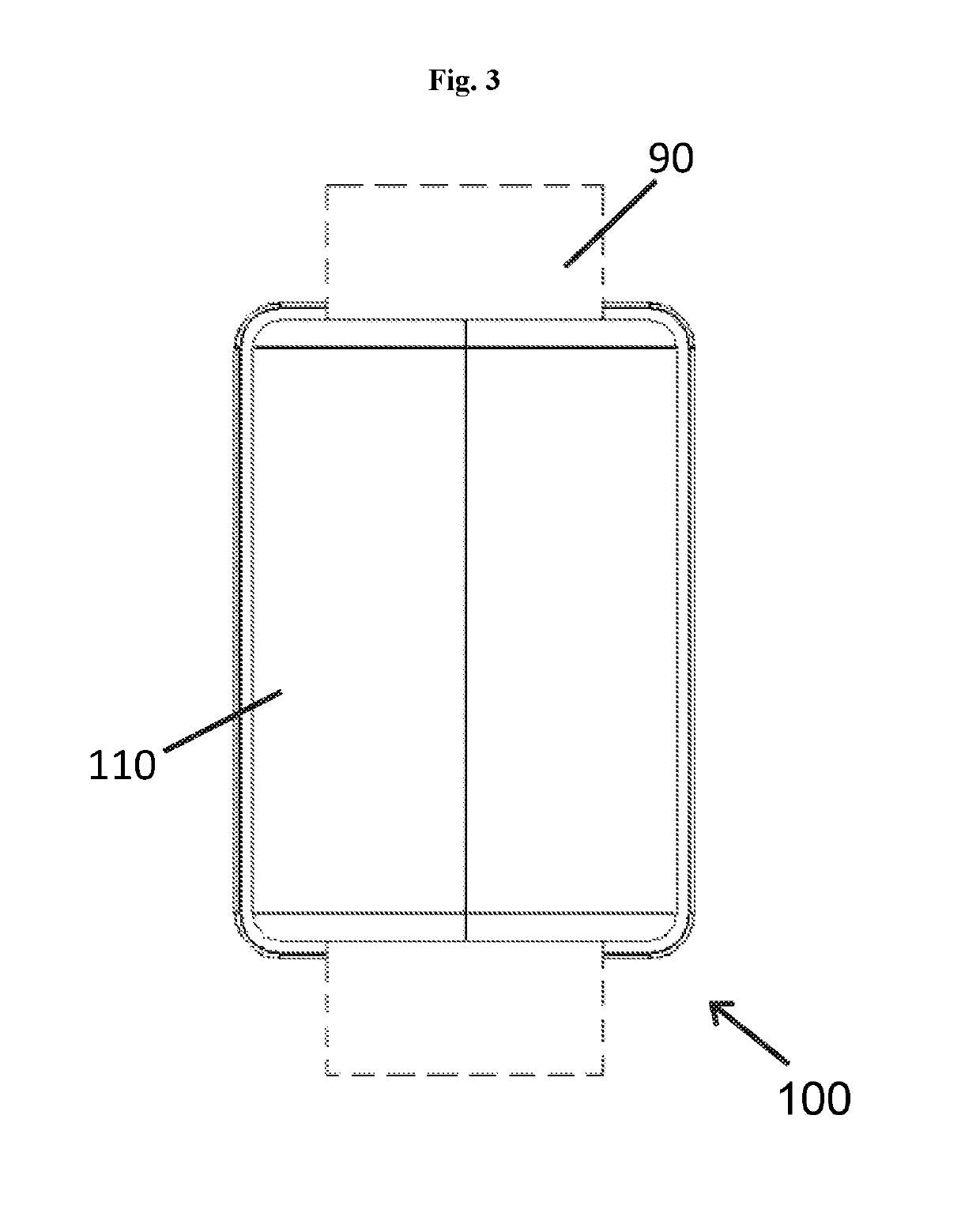Pole-mounted vehicle sensor
a vehicle sensor and sensor technology, applied in the direction of electromagnetic radiation sensing, wireless architecture, instruments, etc., can solve the problems of labor-intensive and expensive steps, and achieve the effects of reducing operating and maintenance costs, facilitating rapid, low-cost upgrades, and fast and convenient upgrades
- Summary
- Abstract
- Description
- Claims
- Application Information
AI Technical Summary
Benefits of technology
Problems solved by technology
Method used
Image
Examples
example 1
g the Device
[0067]A city maintenance technician performs his duties, which include driving around town and upgrading parking meters. He loads his vehicle with devices and a toolbox. When he approaches an outdated meter, he does not need to perform any major upgrades to infrastructure, such as drilling, underground wiring, road work, and the like. As such, he does not need any advanced or heavy tools, such as an industrial hammer drill. Instead, the technician uses his simple tools, for instance a screwdriver and a wrench, to attach the device to the pole of an existing parking meter. The entire process for replacing the housing of the device may require less than 10 minutes for completion. The technician then moves to the next parking meter.
example 2
g Only a Portion of the Device
[0068]Technician from Example 1 is performing the same duties, except this time he is only replacing a portion of the device already installed onto the pole. The portion of the device contains upgraded parts beyond those provided in the housing of the device detailed in Example 1, including upgraded sensors, an RFID tag reader, a self-contained power supply, and a dedicated wireless radio. The self-sufficient portion of the device is installed onto the pole. The technician, using the same simple tools, such as a screwdriver and a wrench, disengages and removes a portion of the device and then replaces and engages the upgraded portion of the device, thereby completing an upgrade of the device. The technician does not need to remove the entire device to complete the upgrade, and thereby he does not need to tamper with the parts within the device that are not designed to be upgraded frequently. The process for upgrading the device similarly takes less than...
example 3
t-Up Procedures
[0069]After technician upgrades a meter with the device or an upgraded portion for an already installed device, technician restarts the meter. The electronic components or the upgraded electronic components in the housing of the device scan the meter RFID tag and determine if that meter location is configured to have a sensor. If the meter is configured to have a sensor in that location, the device or the upgraded portion of the device will use either the meter's wireless radio or its own dedicated wireless radio to download a binding code from a remote management system. The binding code configures the meter, upgraded components, and sensors. The meter wirelessly connects to the new sensors. The meter display is reset, updated, and refreshed. The new meter is now ready for use.
PUM
 Login to View More
Login to View More Abstract
Description
Claims
Application Information
 Login to View More
Login to View More - R&D
- Intellectual Property
- Life Sciences
- Materials
- Tech Scout
- Unparalleled Data Quality
- Higher Quality Content
- 60% Fewer Hallucinations
Browse by: Latest US Patents, China's latest patents, Technical Efficacy Thesaurus, Application Domain, Technology Topic, Popular Technical Reports.
© 2025 PatSnap. All rights reserved.Legal|Privacy policy|Modern Slavery Act Transparency Statement|Sitemap|About US| Contact US: help@patsnap.com



